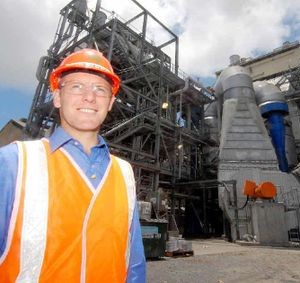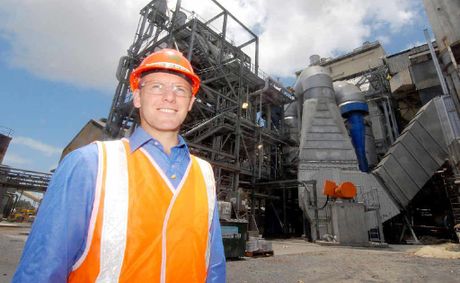Earlier this month, Mackay Sugar turned on its new $120 million co-generation plant supplying electricity to Queensland’s regional power grid.
Mackay Sugar is the country’s second-largest sugar mill and plans to be supplying up to a third of the regions electricity by February next year.
The plant will also supply power to Mackay Sugar’s Racecourse Mill and adjacent refinery through incinerating left over sugar cane fibres, known as bagasse.
“We expect this project to remove Mackay Sugar from the list of Australia’s top carbon emitters,” said John Hodgson, the company’s development manager.
The plant will run for 50 weeks a year and reduce the regions coal-fired emissions by almost 200,000 tonnes a year.
“We aim to have the cost of the project payed back over the next seven years from the electricity we supply to the grid and renewable energy certificates,” said Mr Hodgson.
Chief Executive of the Energy Efficiency Council, Rob Murray-Leach, said Australian companies are quickly learning of the economic and environmental benefits of green technology investments.
“Politicians are beginning to understand that energy efficiency is a timely and easy method of dealing with rising energy prices and carbon emissions,” said Mr Murray-Leach at a recent Senate enquiry into electricity prices.
According to the International Energy Agency’s (IEA) World Energy Outlook Report and Australia’s Energy White Paper, energy efficiency is quickly becoming ‘the new black’.
The government’s energy report describes climate change mitigation, energy security and energy productivity as the single most cost effective method in the pursuit of energy affordability.
The IEA’s report identifies mandating the minimum fuel economy standards, new lighting technologies and heating equipment as the best methods for reducing energy costs and carbon emissions.
According to the IEA, these simple changes will account for 70 per cent of Australia’s energy savings between now and 2035, whereas switching to renewable energy will account for only 12 per cent.
“These changes will not come cheap and we expect a global cost of $US11.8 trillion,” said the IEA.
“We expect that these changes will generate savings in excess of $US23.4 trillion throughout this time benefitting the international consumer and environment.”

